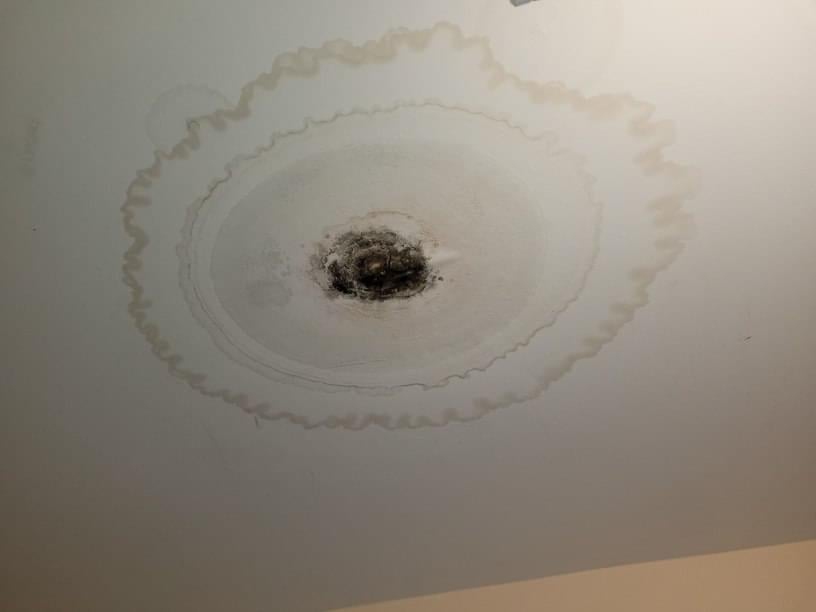What're your opinions with regards to Detecting hidden plumbing leaks?

The minute you locate a leakage, calling your plumber for repairs is the most effective option. Some small water leakages may not be noticeable. Right here are some hacks that help if you can not find it with your nude eyes.
Early detection of dripping water lines can reduce a potential disaster. Aside from saving you money, it will minimize the irritation and also disappointment.
Inspect Water Intake
Examine your water expenses and track your water consumption. As the one paying it, you should observe if there are any type of inconsistencies. If you spot sudden changes, despite your intake being the same, it implies that you have leakages in your plumbing system. Remember, your water costs need to drop under the very same variety monthly. A sudden spike in your costs suggests a fast-moving leak.
A consistent rise every month, even with the exact same behaviors, shows you have a slow leak that's likewise slowly intensifying. Call a plumber to extensively check your residential property, especially if you really feel a warm area on your floor with piping below.
Assess the situation as well as check
Property owners must make it a behavior to examine under the sink counters and also also inside cupboards for any bad odor or mold and mildew growth. These two warnings indicate a leakage so punctual interest is required. Doing regular assessments, even bi-annually, can conserve you from a major trouble.
Analyze the Water Meter
Every house has a water meter. Inspecting it is a proven way that assists you uncover leakages. For beginners, shut off all the water resources. Ensure no person will purge, utilize the tap, shower, run the cleaning device or dish washer. From there, most likely to the meter and also watch if it will change. Because no person is using it, there should be no movements. That suggests a fast-moving leak if it moves. If you spot no changes, wait a hr or 2 and also inspect back again. This means you might have a sluggish leakage that could even be below ground.
Asses Exterior Lines
Do not fail to remember to check your outdoor water lines also. Must water seep out of the connection, you have a loose rubber gasket. One little leak can lose heaps of water and also surge your water expense.
Do a Food Coloring Test
When it pertains to water usage, 30% originates from bathrooms. Test to see if they are running correctly. Drop flecks of food shade in the tank and also wait 10 mins. There's a leakage in between the tank as well as bowl if the shade somehow infiltrates your dish during that time without flushing.
Examine for stainings and weakening as the majority of appliances and also pipelines have a life expectations. If you suspect dripping water lines in your plumbing system, don't wait for it to rise.
The moment you locate a leak, calling your plumber for repairs is the finest option. Some small water leakages may not be visible. Inspecting it is a surefire way that helps you uncover leakages. One small leak can waste loads of water and increase your water bill.
If you suspect dripping water lines in your plumbing system, don't wait for it to rise.
How to Know If Your Home Has a Hidden Leak
Water Meter Reveals Inexplicable Water Usage
If you’d like to test whether or not there’s a leak somewhere in your home, you can do this using your water meter. Here is how to conduct the test:
Don’t use any water in your home for at least 30 minutes; this also means not turning on faucets or water-using appliances.
Go outside, and check your water meter for activity.
If your water meter shows that there was activity, even though no one was using any water, this proves that there is a leak in your home.
Visible Mold or Mildew Growth
Leaks behind walls create moist, dark environments that allow mold and mildew to grow and thrive. Eventually, you might see mold growth forming on the wall closest to a hidden leak.
If mold is growing in an area that receives a high amount of moisture, such as a bathroom, it may simply be an indication that better ventilation is needed. However, if you see mold growth on a wall or the ceiling in an area where you would not expect, you probably have a hidden leak.
Musty, Mildew Odor
Sometimes you might not be able to see the mold or mildew that is growing as a result of a leak. However, the smell can give the problem away just as easily. If you catch a whiff of something musty, there’s a good chance that old water is collecting somewhere in your home that you can’t see.
Stained/Warped Walls, Ceilings, or Floors
When your home soaks up water, a variety of red flags can become visible, including ceiling stains, bubbling drywall, warped walls, and sagging floors. While these issues can be caused by excess humidity, they can also be signs that a pipe or plumbing connection has started leaking behind your walls.
Inexplicably High Water Bill
After a while, you get a general sense for what your water bill should be. If you own a pool or sprinkler system, your bill will tend to be higher during summer. However, if you receive a water bill that seems especially high, and you can’t figure out what caused it, then you may have a hidden leak somewhere that’s increasing your bill.
https://www.plumbingjoint.com/blog/2019/july/how-to-know-if-your-home-has-a-hidden-leak/
.jpg)
I hope you liked our piece on Locating water leaks. Thanks a ton for taking a few minutes to read through our piece. Feel free to take the opportunity to share this post if you liked it. Thank you for your time. Don't hesitate to check our blog back soon.
Don't settle; choose expert plumbers.
Comments on “Six Proven Methods to Spot Covert Water Line Leaks Stealthily”